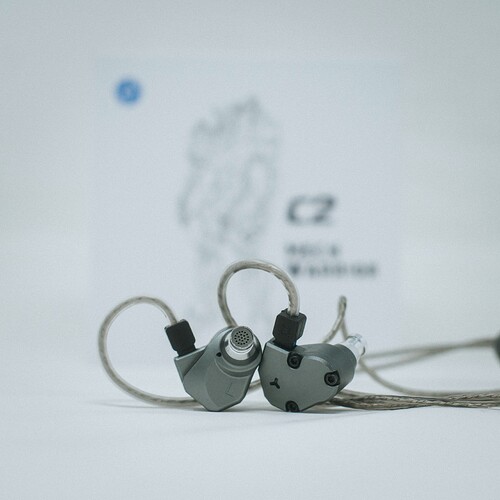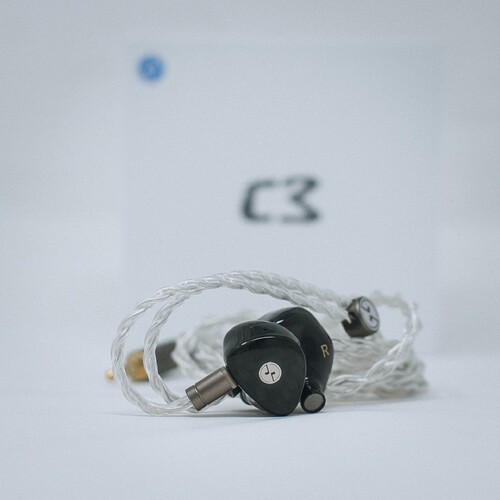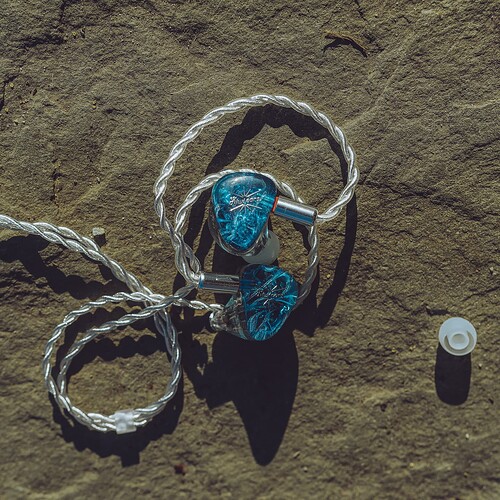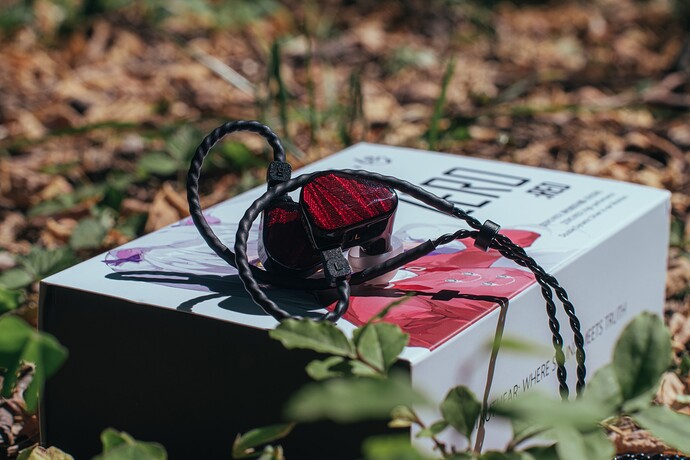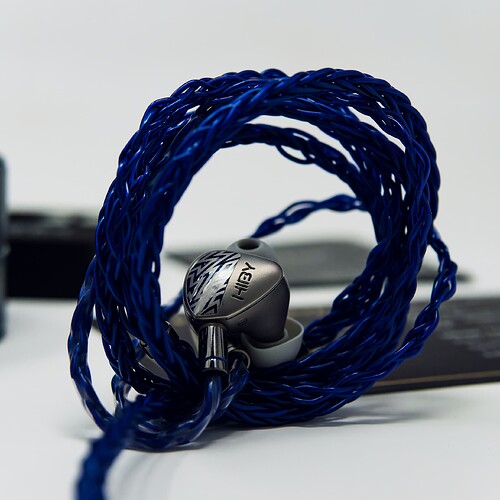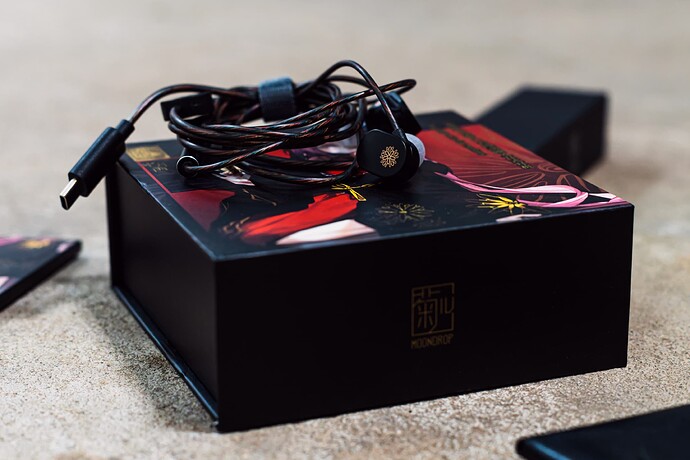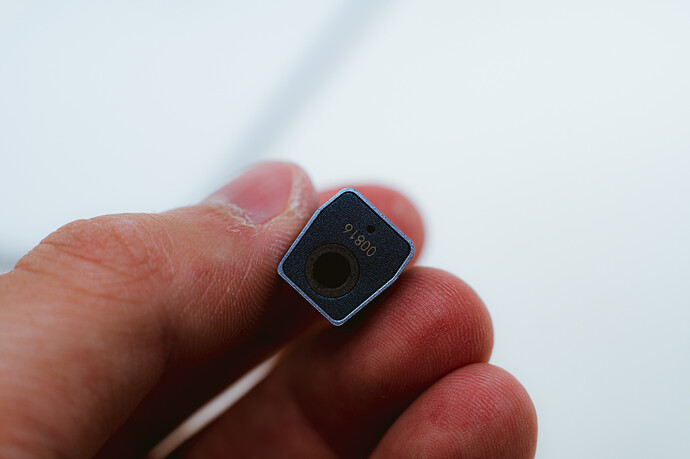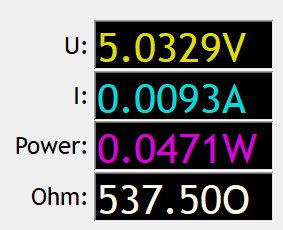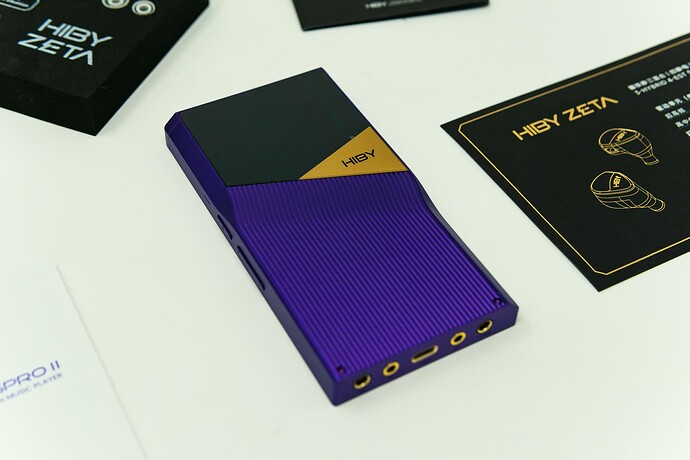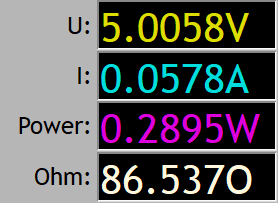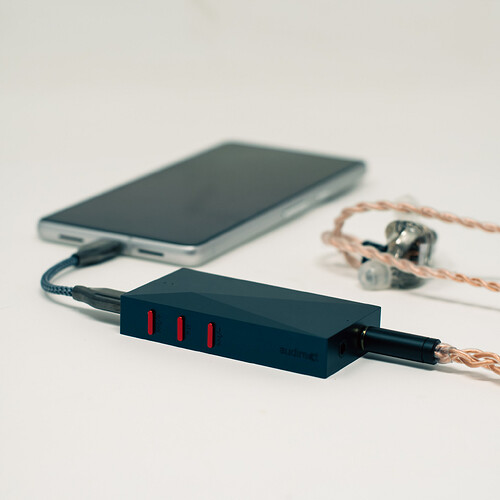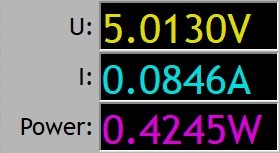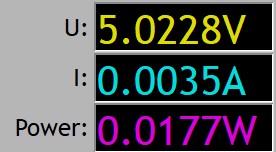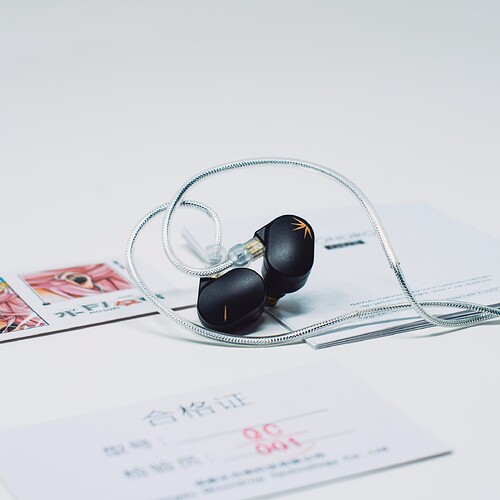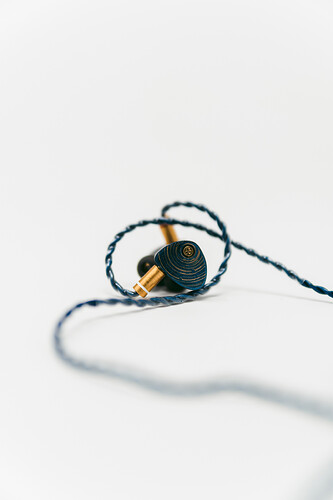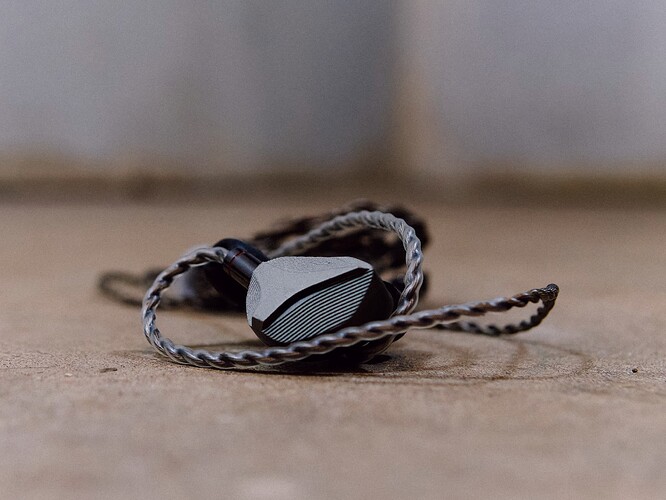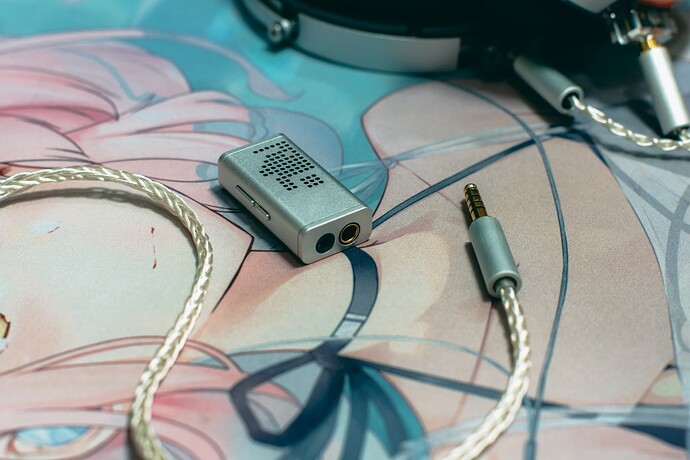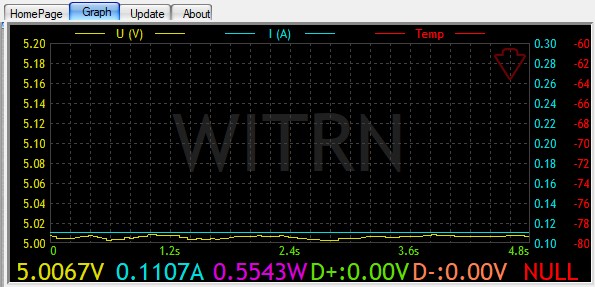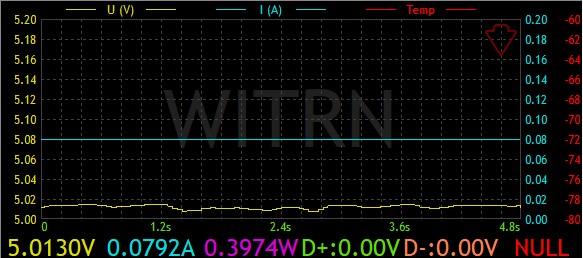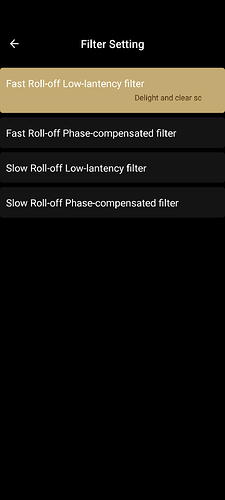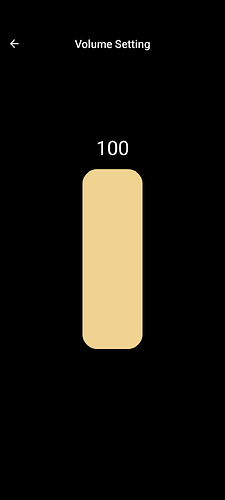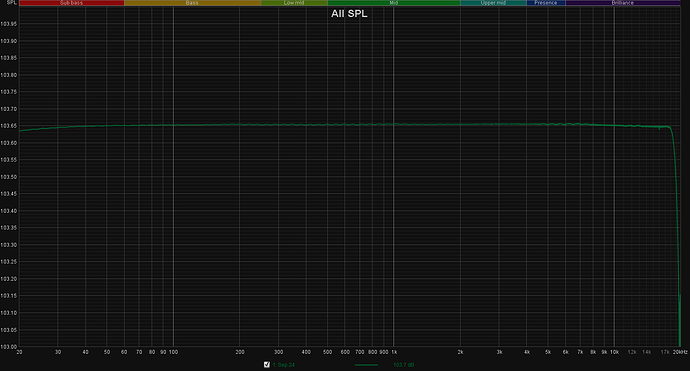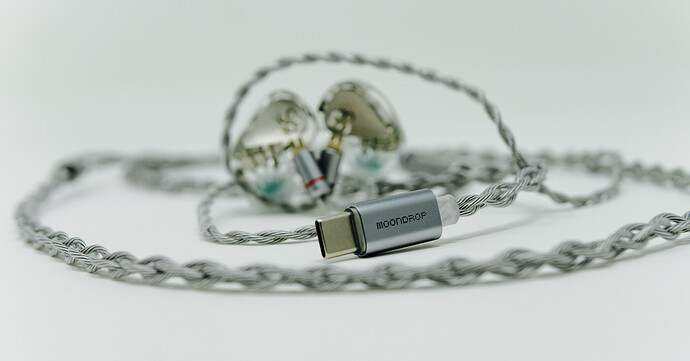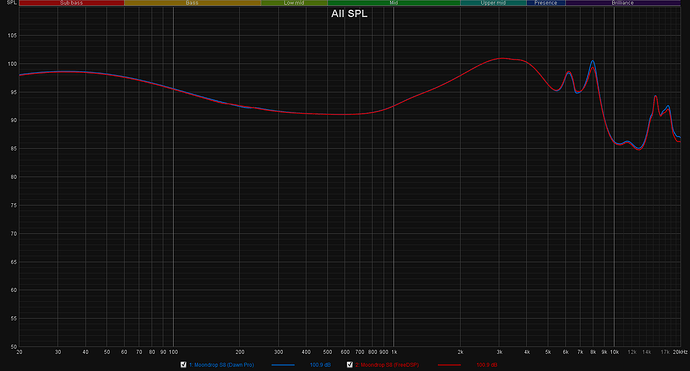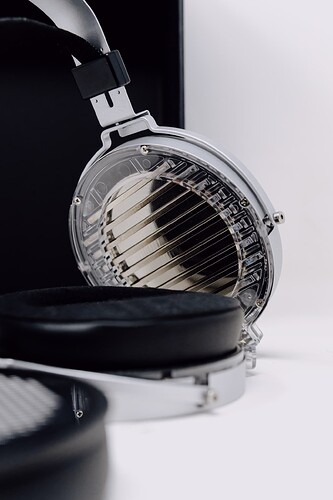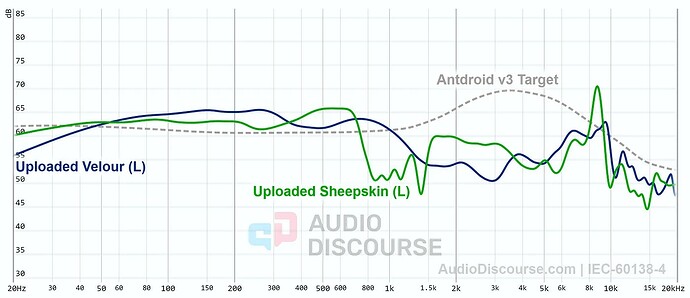Moondrop LAN Review
INTRODUCTION AND DISCLAIMER:
The Moondrop LAN is an in-ear monitor (IEM) featuring one 10mm beryllium-plated dynamic driver per housing. The LAN retails for $39.99 at ShenzhenAudio. ShenzhenAudio sent me the LAN in exchange for my impressions.
SOURCES:
I have used the Moondrop LAN with the following sources:
- Qudelix 5K
- Truthear Shio
- Apple Dongle
PACKAGING AND ACCESSORIES:
The Moondrop LAN comes packaged in a white, rectangular cardboard box with a slipcover featuring an anime waifu on the front and technical specs and a frequency response graph on the back. In the box, the IEMs are held in place in a white foam mounting sheet. It comes with three generic silicone eartips (S, M, L) but no Moondrop Spring tips. The LAN comes with a card with a quick response code that links to Moondrop’s QQ page, as well as an illustrated postcard and a user manual written in both Chinese and English. The LAN also includes a soft leather carry pouch.
BUILD QUALITY AND DESIGN:
The Moondrop LAN’s earpieces feature an all-metal, stainless steel build with ovular faceplates. The faceplates are etched with a flower petal design, which is the only marking found on the earpieces. This includes directional markings, of which there are none. Metal injection moulding (MIM) manufacturing provides an attractive, consistent finish. There are two small ventilation holes on the inner face of the housing body, one at the base of the nozzle and one near the back edge of the face. The nozzles are equipped with perforated metal covers and robust lips that ensure a secure fit for eartips. The 2-pin ports are recessed.
The only Moondrop branding on the LAN is found on the Y-split hardware, which uses the same MIM stainless steel material as the earpieces. While Moondrop has never been a leader in included cables, the LAN’s cable is underwhelming. The LAN’s cable consists of spiraling silver and black wires wrapped in an unbraided clear plastic sheath. Sadly, the 3.5mm jack does not feature the same MIM stainless steel materials as the earpieces and Y-split hardware. The cable does feature strain relief above the 3.5mm jack. The cable has pre-formed heat-shrink earguides. The right-side 2-pin connector is denoted with a small red rubber ring that sits just below the 2-pin housing. The cable does not feature a chin-adjustment choker and is moderately tangle-prone. On the other hand, the cable is less microphonic than one might expect given the absence of a chin-adjustment choker.
COMFORT, FIT, AND ISOLATION:
The Moondrop LAN earphones should be worn with their cable up. The earpieces have a shallow-to-moderate insertion depth. The LAN is comfortable but is not the most securely fitting IEM. Isolation is less than average, with noticeable driver flex when using larger ear tips.
MEASUREMENTS:
My measurements of the Moondrop LAN can be found on my expanding squig.link database:
Moondrop Lan — Squiglink by Bedrock Reviews
SOUND:
The Moondrop LAN’s sound tuning is the same Virtual Diffusion Sound Field (VDSF) target found in many other Moondrop IEMs. Of the dozen Moondrop IEMs I have reviewed, the LAN’s tuning is most akin to the original Moondrop Aria.
The LAN has more sub-bass than mid-bass, transitioning smoothly between the two rather than adopting a distinct sub-bass shelf. While I would not characterize the LAN as a bassy IEM, there is a good amount of rumble and enough impact to the mid-bass to convincingly render percussion. The LAN has excellent bass technicalities across the board, with terrific resolution, articulation, and texture for the price. The LAN does not have mid-bass bleed.
The LAN has a broad pinna gain region from 2.5 kHz to 5 kHz, creating a clear midrange with good separation between vocals and instrumentation. This comes despite the use of a plateau-style pinna gain region as opposed to a focused peak, which normally results in less separation between vocals and instrumentation. On the other hand, the midrange is on the thin side, with limited body, particularly in the lower midrange. Male vocals are highly intelligible but lack warmth. Male and female vocals are roughly even in emphasis. I do not have any complaints when it comes to the LAN’s presentation of female vocals. Instrument separation is quite good overall, and the overall soundstage is expansive for a budget single dynamic driver design. The overall timbre is pleasant and natural.
The LAN boasts an energy-filled treble response that is more balanced than the Moondrop Chu. The amount of lower treble is just shy of what might cause me discomfort, giving cymbal crashes an exciting amount of sparkle and definition. Similarly, the upper treble region is present enough to create a sense of airiness without making the sound feel artificial. The LAN punches well above its asking price in terms of treble extension, and detail retrieval is excellent.
AMPLIFICATION REQUIREMENTS AND SOURCE PAIRING:
The Moondrop LAN can be powered by the Apple dongle. For me to reach my usual listening level with Spotify Normalization set to “Normal”, I had to set my Pixel 7’s volume to 22/25. Depending on your preferences, you may not have to adjust your volume as much. I experienced no hissing with any of my devices.
CLOSING WORDS:
The Moondrop LAN is what we expect from Moondrop in terms of tuning. While not a bad thing to my ears, some hobby veterans may find it too familiar. If you are not a VDSF convert already, the LAN will not change your mind. However, the Moondrop LAN is a surprisingly competent performer from a technical perspective. I would go so far as to say that the LAN is to the Aria what the Moondrop Starfield was to the Moondrop KXXS, which is to say the lion’s share of the performance for a substantially lower price.
The Moondrop LAN can be purchased below:
MOONDROP LAN Earphone 10mm Dynamic Driver In-Ear HiFi Headphone (shenzhenaudio.com)

